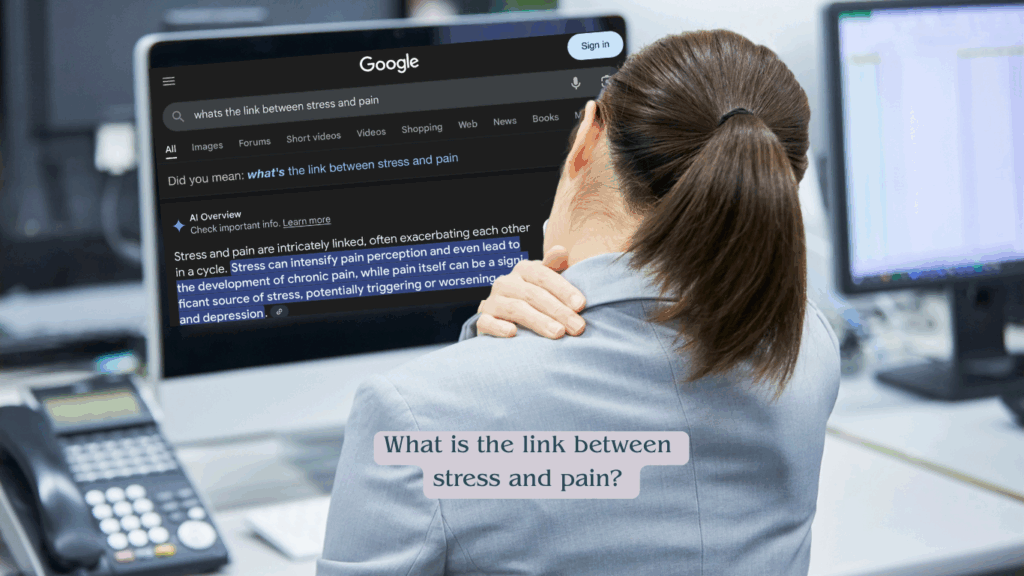Back to Wellness Hub
Our nervous system is wired to look out of danger, but when we are stressed this is heightened. During stressful periods, our body’s nervous system goes into fight – flight mode which is a like a meerkat constantly scanning for danger. This can over-sensitise it which means it starts to respond to the slightest stimulus with pain, a little like an overactive car alarm going off when a feather lands on it.
Stress has many physiological responses such as pupils dilating, heart rate and breathing rate increasing, the body releases glucose into the blood stream so that muscles have energy to either run away or fight, it also diverts blood and resources away from the gut and immune system because flighting or fleeing is more important when taking on a predator. This is a very clever design and has kept our species alive, but it is not very useful for dealing with modern day stress factors such as financial worries, relationship worries, social media, feeling the need to constantly be ‘on’ all the time.
Our stress response is meant to be short lived after which we switch back into rest – digest mode. Rest – digest mode is when the body recovers, restores digestion and immune function and re-calibrates. However, our modern day lives keeps us stuck in the fight – flight mode for way too long, which means gut and immune systems don’t get a look in, and our muscles stay tight for too long causing a lactic acid build up and pain. With the immune system suppressed we are more likely to have inflammatory responses for no reason and with that comes pain too as these two are inextricably linked.
The good news is that once we become aware of this link and the physiological responses, we can start to learn what our potential triggers are for pain. Once we know that, we can reduce these triggers and manage or eliminate pain better.
The BEAT pain approach helps you to identify your triggers to pain, helps you to manage these and also gives you tools on how to reduce the nervous system sensitivity with the result being – you experience less pain and what pain you do experience you feel in control of. Remember that pain is protective so if the body is stressed it feels like it needs to protect you more, and thus produces more pain. A vicious cycle.
Want to know if stress might be a factor in your pain? Please book a free consultation and I’ll help you identify whether it is a factor in your pain or not.
Book a free consultation












